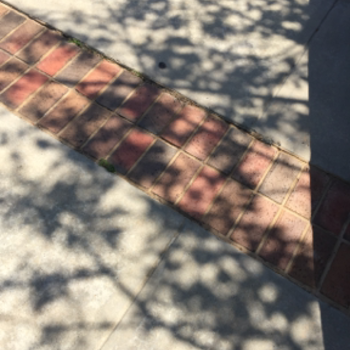A #5# #L# container holds #8 # mol and #5 # mol of gasses A and B, respectively. Groups of five molecules of gas B bind to two molecules of gas A and the reaction changes the temperature from #100# #K# to #240# #K#. How much does the pressure change?
2 Answers
The reaction decreases the number of moles of gas in the (constant volume) container from
The pressure change is
Explanation:
First we need to write a balanced chemical equation for the reaction:
Since we have
After the reaction, therefore, there will be
We remember that a mole of any gas that behaves like an ideal gas takes up the same volume under the same temperature and pressure conditions.
Let's call the pressure before the reaction
The pressure change is
29% increase
Explanation:
Idea gas law:
PV=nRT
For mix gases inside the same volume and temperature
PV
Let
Before the reaction, there are
The reaction
Takes away 5 moles of B and 2 moles of A into one moles of
The idea gas law before and after the reaction are:
For a fixed container,
The change in pressure is
The pressure has thus increased 85%.
Since the volume of the container is given,

